
Nervous Neighbors
By: Andrea Quigley Two months ago, we looked at the woes of Calabrian beekeepers facing bankruptcy as their apiaries were burned if the Small…
Read More
By: Andrea Quigley Two months ago, we looked at the woes of Calabrian beekeepers facing bankruptcy as their apiaries were burned if the Small…
Read More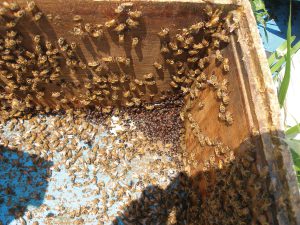
Much of what you’ve heard is wrong. By: Charles Linder This is intended to question the way you look at small hive beetle. Most…
Read More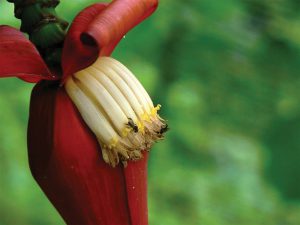
By: Connie Krochmal Beekeepers in warm climates can choose from a number of bee trees. Choices include the native red bay and the common…
Read More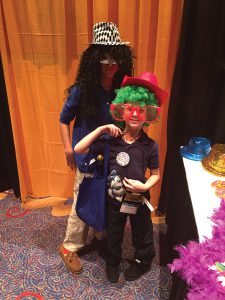
The North American Beekeepers Conference By: Jessica Louque The North American Beekeepers Conference was held in Disneyland this year, making it a prime target…
Read More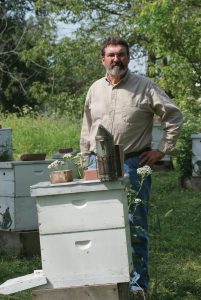
Got a Question? He Knows! By: Phil Craft A beekeeper in Nevada writes: I took this picture today 12/22/2014. Am I making a mistake…
Read More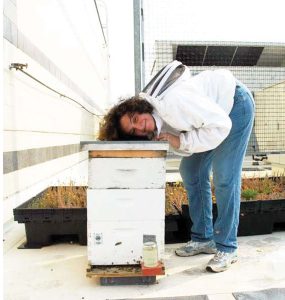
Investing In Forage For The Future A Call To Blooms By: Toni Burnham Though many of us came to urban apiculture as almost a…
Read More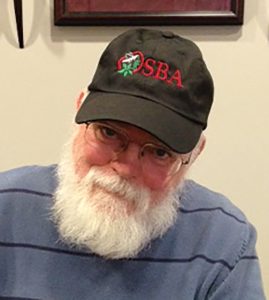
Safely Defining Honey. By: Kim Flottum Back in January we reported in the BUZZ that the ERS has sent a Report to the Commissioner…
Read MoreBy: Jim Thompson There are several ways that beekeepers install packages of bees into their hives. Some hives will have an entrance ramp and…
Read MoreKeeping Her Happy By: Ed Colby Ski patrolling on Aspen Mountain remains a dream job, especially for someone half my age. I’m not the…
Read More
By: Ann Harman Once upon a time – and not all that long ago – the speaker’s life was easy. You selected your slides…
Read MoreTo maintain a sustainable apiary the beekeeper must be well trained, the colonies must be on a management plan of continuous renewal and rebuilding,…
Read MoreYou Too Can “Comment Now” Local, state and federal regulations offer opportunities for public input. By: Michele Colopy The January article in Bee Culture…
Read More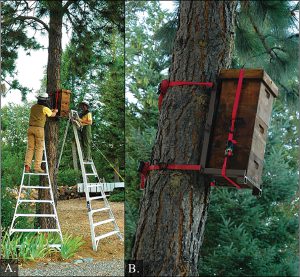
Increased Quantity Of Beneficial Fungi In Bee Bread From The Trees And Its Antifungal Propeties Against Chalkbrood By: Lynn Royce, Jay Yoder, Blake Nelson…
Read MoreWinter, The Chickens and Stress By: Kathy Summers If you live where it’s cold and snowy Winter and stress just go together. As I…
Read More
Beeswax, Wax Glands Beeswax is a complex substance made up of wax esters, fatty acids and hydrocarbons. By: Clarence Collision Wax is used by…
Read More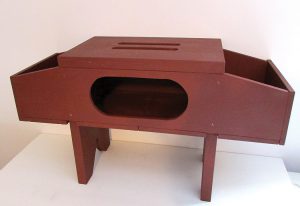
By: Peter Sieling The 1901 edition of ABC of Bee Culture features a woodcut with the caption “How to sit on hive-cover”. You might…
Read More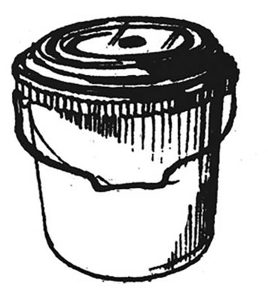
By: Ross Conrad There are various ways to feed and each option has benefits and drawbacks for you and your bees. The month of…
Read More
By: Marcel Durieux One of the charms of the top-bar hive (TBH) is its lack of standardization. It comes in a variety of forms,…
Read More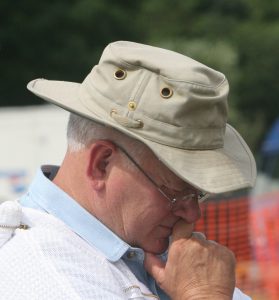
A routine aspect of beekeeping By: James E. Tew It is a beehive fact of life Occasional dead bee colonies – at any time…
Read MoreAN EDITORIAL Proposed Single Federal Agency To Oversee All Food Safety. FDA and FSIS to Merge. Honey Definition and Oversight to be Included. Back…
Read More